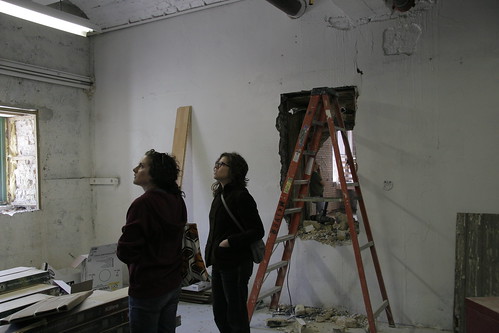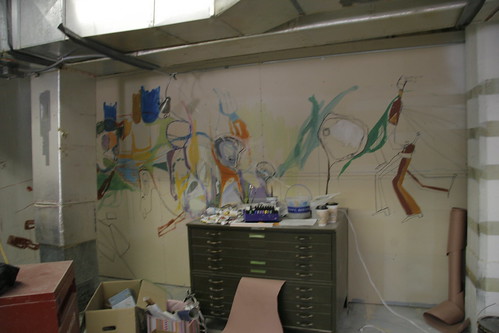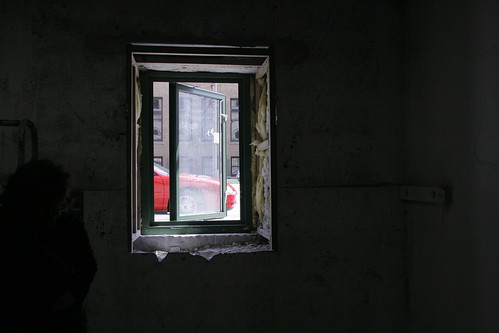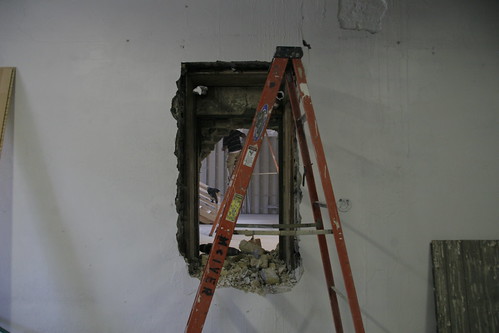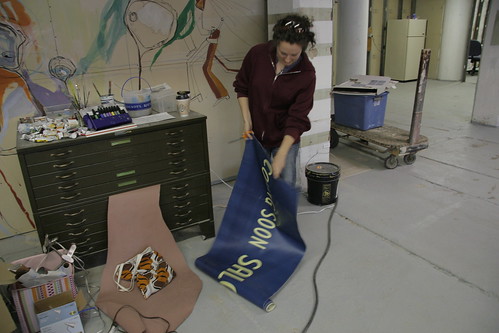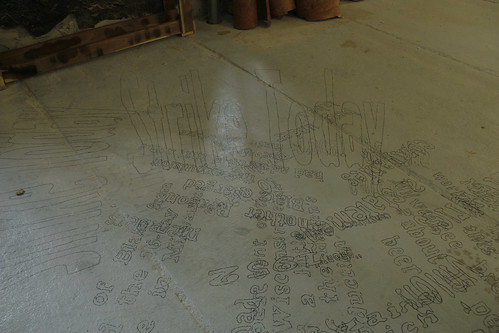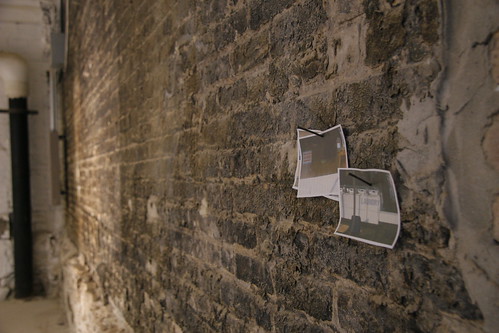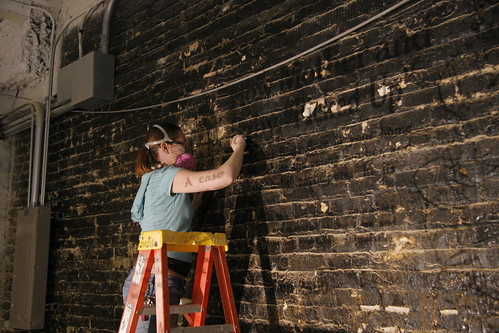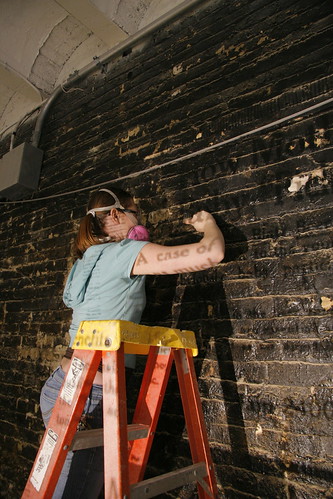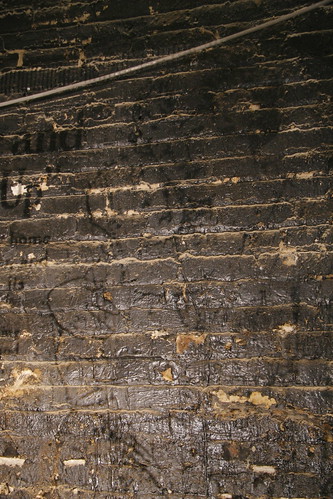Jennifer Bastian

The process of cooling and storing beer began and ended in the earth.
Communities came together once a year to cut and store giant blocks of ice in Ice Houses for the coming warm weather. Before refrigeration, this process was necessary to prevent the spoilage of food and drink in everyday life. The beer industry applied this process to their products, lining the numerous caves under the city with ice blocks that would keep the beer safe for drinking all summer long.
My interest in this process is twofold. I appreciate the ecological efficiency of the method of using ice, an element that is formed and dissolves in an endlessly repeating natural pattern. As this ice assists in preserving beer for domestic consumption, it also melts back into the earth and provides sustenance for the plant life growing above.
The harvesting of ice is also a brilliant example of the cyclical nature of community responsibility and growth, where a necessary process becomes symbolic of the passage of the seasons as well as preservation of a community’s foodstuffs. As industry and technology evolved, ice-boxes and refrigeration became a part of everyday life and present in individual homes.
Like many responsibilities relating to food and survival, ice harvesting is no longer a part of every community or individual’s life. We are able to maintain very little connection to the source of our conveniences. My own relationship to food, community and growth is one of choice and convenience. As my perspective on the world shifts, I find myself trying to make small changes in routine. If my faucet is dripping, I collect that water in a pan and use it to water my houseplants. In small ways I am trying to connect to a cycle of responsible actions that directly affects the visible world around me.
For this work, Ice Harvest, I have contracted a local ice company to deliver a block of ice to the building. This ice will be set on bricks, partially immersed in a pile of discarded brick and stone from the building’s walls. Local soil will rest on top of the base of brick and stone, and my houseplants will be nestled into these small mounds. The ice will melt within a matter of hours or days, either watering or drowning the surrounding plants. I will have to monitor and care for both the plants and ice, collecting water in teacups and bowls below, and dispersing it to the farthest plants.
A cycle of melting, absorption, and domestic nurture, this work will change based on the temperature and weather variables of the environment around it. The ability for these plants to survive will ultimately depend on the attention paid to them by the surrounding individuals and community.







